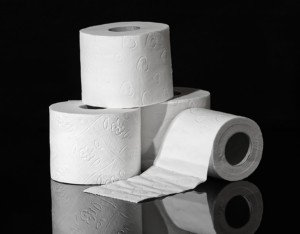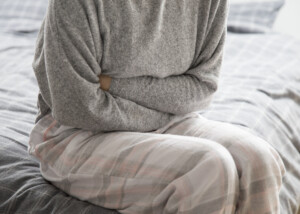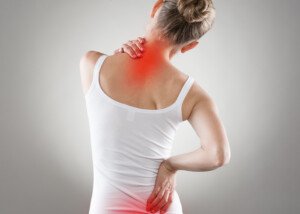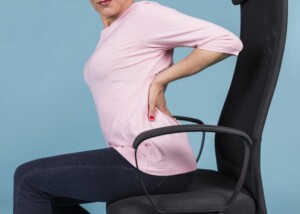
A sudden onset of diarrhea, including a lot of diarrhea, but with no other symptoms, may signal an inflammatory bowel condition known as microscopic colitis.
Microscopic colitis falls under the category of “colitis,” which falls under the category of “inflammatory bowel disease.” Don’t confuse this with irritable bowel syndrome.
Inflammatory bowel disease simply means a flare-up, or inflammation, of the inner lining of the large colon.
A colonoscopy is necessary to confirm this, and depending on the type of IBD, a gastroenterologist can make the diagnosis visibly right there on the spot.
However, microscopic colitis is not visible to the un-aided eye. A colonoscopy exam should include a routine collection of large colon tissue, to be sent for a pathology report.
This is where the diagnosis of microscopic colitis is made. There are two types of microscopic colitis: lymphocytic and collagenous.
Mayoclinic.com reports that microscopic colitis can present with the following symptoms: watery diarrhea (no blood in it), abdominal cramping, abdominal pain, abdominal bloating, some weight loss, stool leakage, nausea, dehydration, and urgency to relieve the diarrhea.
However, it is entirely possible for microscopic colitis to produce just one symptom: the diarrhea.

This “sort of” happened to me, although I did have some abdominal cramping (mild) going on, but this was often from the bowel movements building up inside me, and was relieved once I used the restroom.
I say “sort of” because at the time, I didn’t know that the joint aches that I had were part of microscopic colitis.
I thought they were related to my menstrual cycle, even though the menstruation had ceased.
I would later learn that joint aches are a recognized symptom of MC, and involve the same hormones (prostaglandins) that cause the joint aches of PMS!
In my case, the joint aches persisted after my period stopped, and historically, this had never happened; my PMS joint aches had always been just that: PRE-menstrual, not POST-menstrual.
I also had dehydration in the form of notable thirst in the middle of the night. These latter symptoms are secondary to the diarrhea.
I had absolutely no abdominal bloating or distention, and certainly no fecal leakage, nausea, or any actual pain in my abdomen.
I simply had this annoying diarrhea, which wasn’t always watery, and the suspicious joint aches.
Sometimes many small and medium pieces of poorly formed BMs plopped out at once, but technically, they were not formed stools because a gentle poking of them with a cotton swab would cause a dispersal of the matter.
Flushing the toilet would also disperse the stools; that’s diarrhea.
A change in diet can alter the appearance of the diarrhea, making it appear less “diarrheaic.”
A change in diet can pretty much eliminate it as well, but this does not mean that the microscopic colitis has been resolved; it’s still there and must run its course.
When I eliminated fruit from my diet, the diarrhea stopped, but I continued to have a change in stool caliber.
They were greasy looking, layered, appearing to be made up of several different kinds of material; containing a lot of undigested food; light brown; sometimes tinged with green or a little orange, depending on the colors of the foods I had eaten.
A course of only diarrhea can also be caused by a local infection in the intestines (my doctor’s initial diagnosis pre-colonoscopy), and stress.
However, stress is not likely to change the caliber of your stools. If you suspect microscopic colitis, a colonoscopy is needed for diagnosis.









































